








The magazine of the art-form of the photo-essay
“A free, really high quality photo-essay magazine. Fabulous!”
Stephen Fry. British actor, writer and film & documentary maker

Sept 2015 back issue



by Lukas Birk & Sean Foley
Afghanistan is one of the last places on earth where photographers use a
simple type of instant camera called the kamra-e-faoree as a way of making
a living. The hand-made wooden camera is both camera and darkroom in
one and generations of Afghans have had their portraits taken with it, usually
for identity photographs. At one stage it was even outlawed when former
rulers of Afghanistan, the Taliban, banned photography, forcing
photographers to hide or destroy their tools.
The Afghan Box Camera is a simple box-shaped wooden camera traditionally
used by photographers working from a street pitch, who produce, by-and-
large, instant identity portraits for their clients. In Dari the camera is known as
kamra-e-faoree which means 'instant camera'. It's also less frequently called
kamra-e-faoree-e-chobi (instant wooden camera) or kamra-e-chobi (wooden
camera). In Pashtu the camera is sometimes referred to as da lastunri kamra
(sleeve camera) because of the sleeve on the side of the camera that
photographers insert their arm into.
The camera is completely manual – it does not use electricity - and the
photographic process is analogue: using chemicals and paper; there is no
film. Inside the camera the paper prints are developed with the aid of an eye-
hole on top of the camera allowing the photographer to follow the
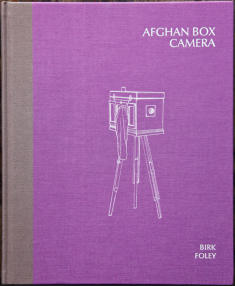
development process, and by touch.
The aim of the Afghan Box Camera Project is to provide a record of the kamra-e-faoree.
We have archived and recorded the last box camera photographers’ work process alongside the comprehensive
photographic documentation we have created videos explaining how to use and how to build box cameras and other
techniques practised by the photographers. We have also created illustrated manuals on how to build a box camera.
The step by step handbook has been used by hundreds of enthusiasts around the world as can be seen on our
Facebook page.
In 2011 Muhammad Usman, one of the old school photographers in Kabul, told us “Come back with a book!” His
sentiment was echoed by every one of the Afghan photographers we met who shared a dream to have their craft
remembered. Afghan Box Camera, the book, published in the winter of 2013, is the realisation of that dream.
Combining images from the 1950s to the present-day it illustrates the techniques and artistry of a previously untold
and visually enthralling photographic culture, preserving forever the story of the kamra-e-faoree.
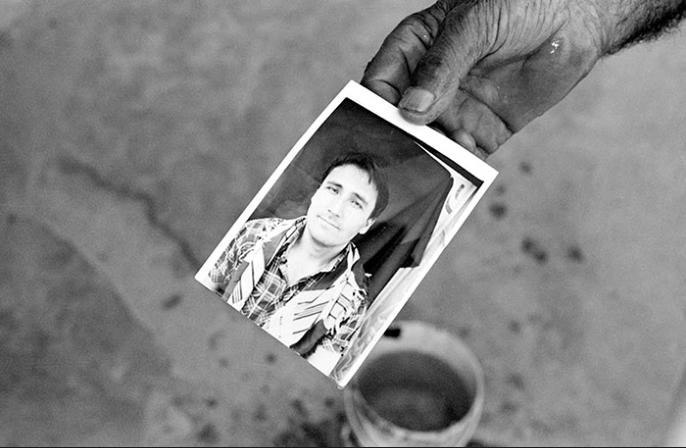
A box camera photograph. Kabul, 2012.
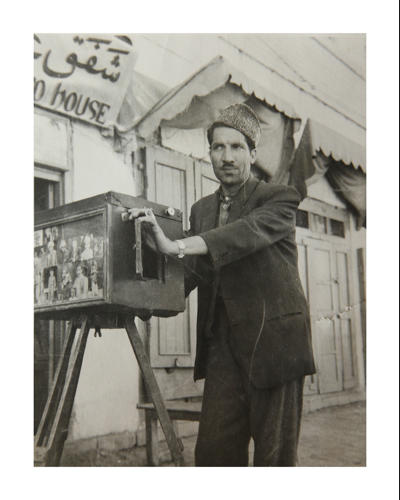
Abdul Samad with his box camera. Kabul 1950s.
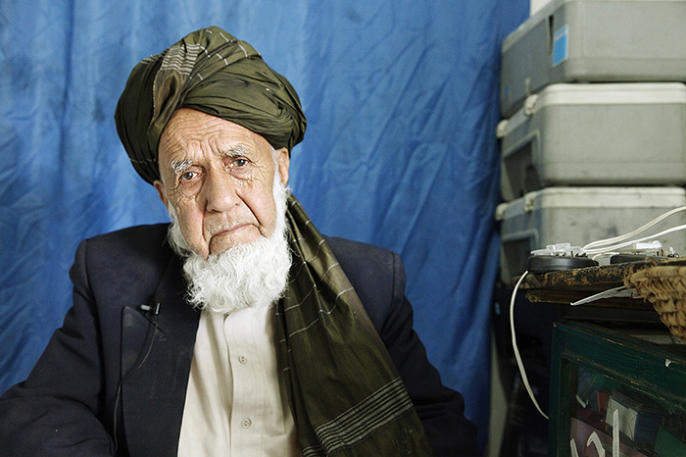
Baba Sher, said to be the oldest photographer in Kabul. 2011.
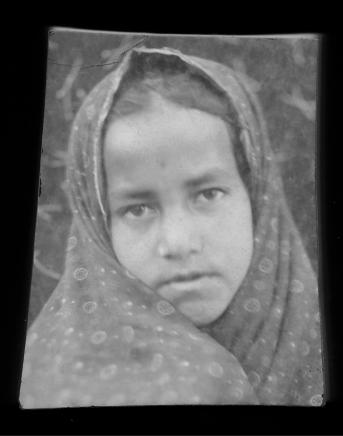
Box camera photo by Ali Ahmad. Herat. Post-2001.
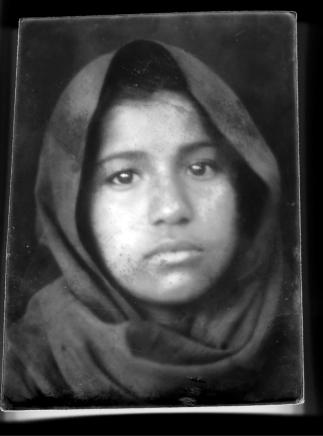
Box camera photo by Muhammad Ishaq. Jalalabad.
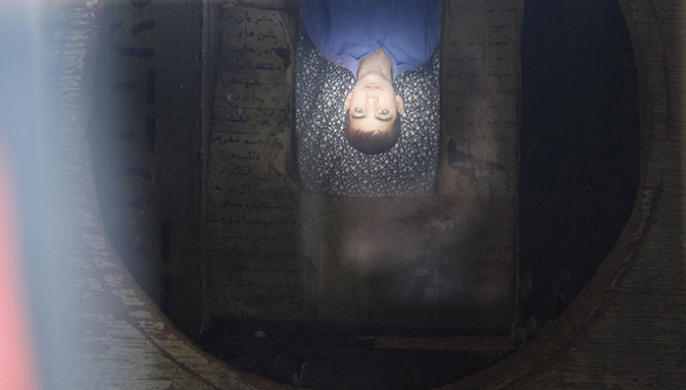
Focusing plate inside the box camera.
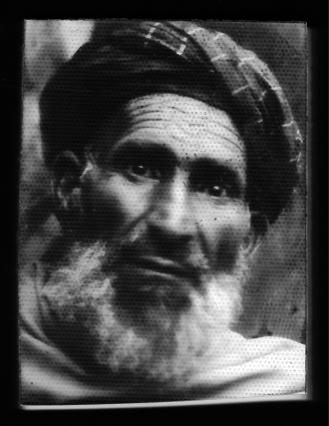
Box camera photo by Muhammad Ishaq. Jalalabad.
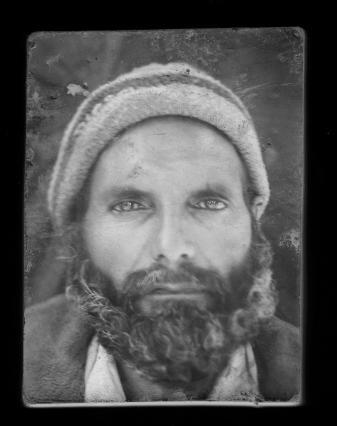
Box camera photo by Zahir Jan. Herat.
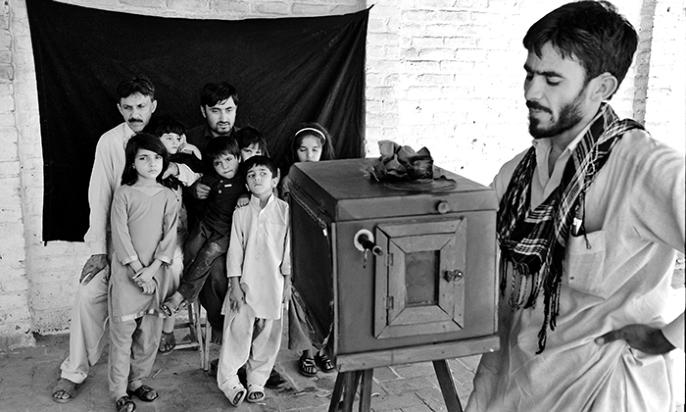
Ullah taking a family photograph. Peshawar, 2012.
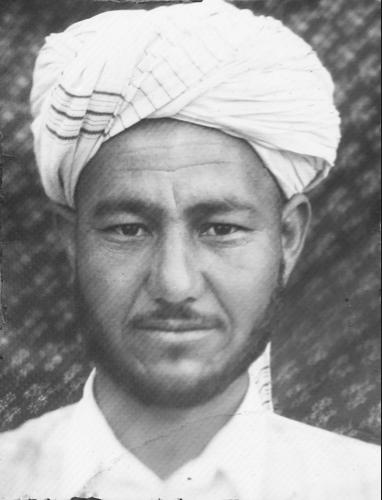
Box camera photo from the Hekmatullah collection. Herat.
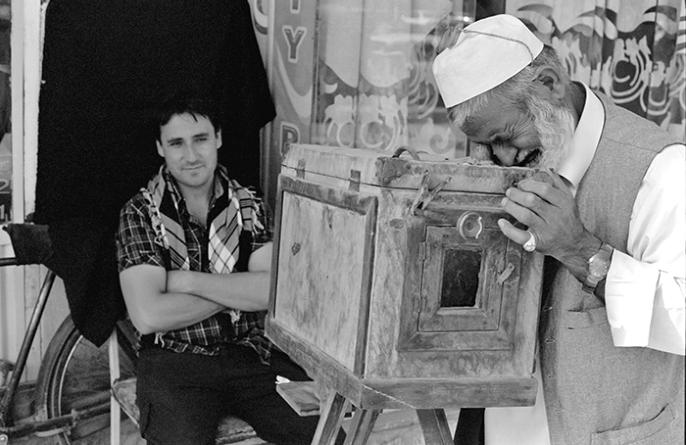
Mirzaman checking the development of the positive. Kabul, 2012.
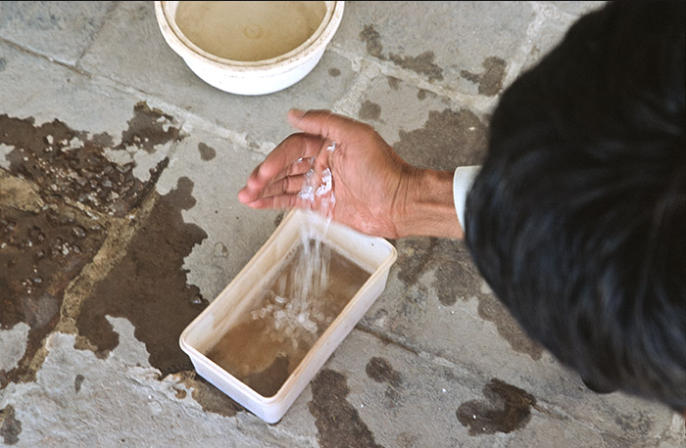
Izzat Ullah mixing chemicals, Peshawar 2012.
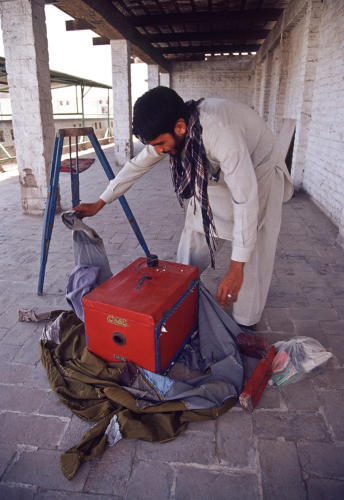
Izzat Ullah setting up his camera. Peshawar, 2012.
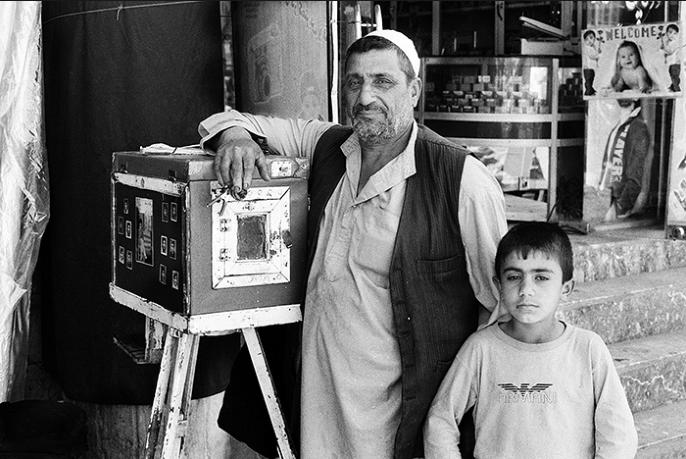
Roh Ullah, a box camera photographer with son. Kabul, 2011.
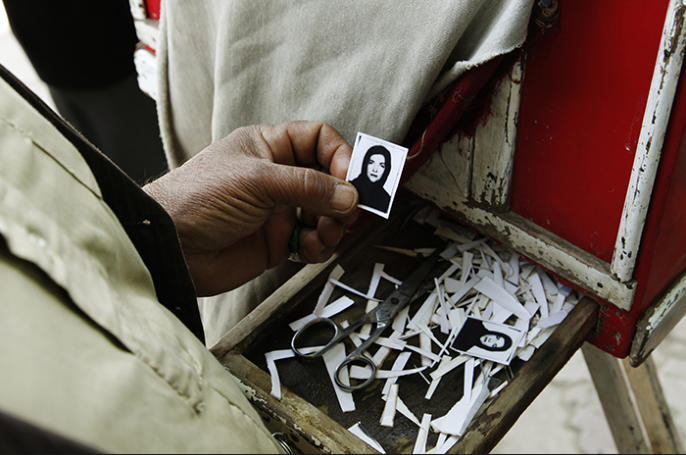
Rohullah holding a copied photograph he made with his box camera. The original was a colour digital portrait. Kabul
2011.
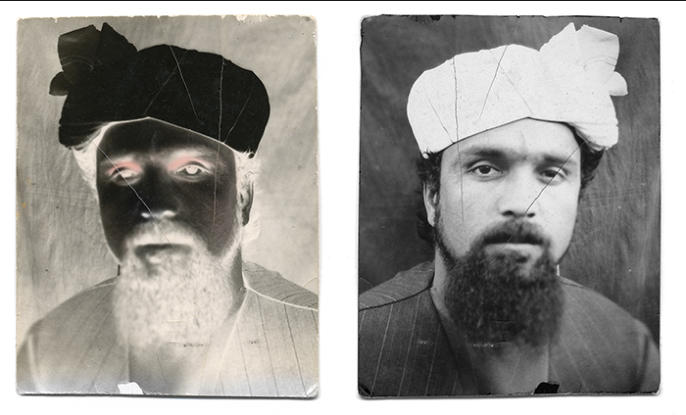
Tinted negative, Hekmatullah collection Herat.
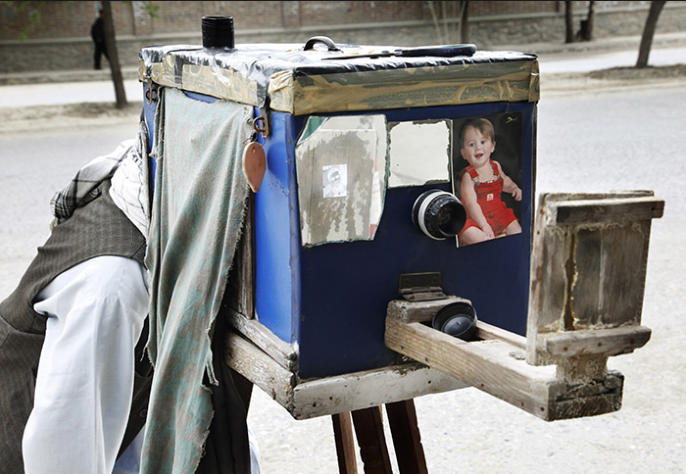
Mia Muhmmad taking a positive from the negative, Kabul 2011.







